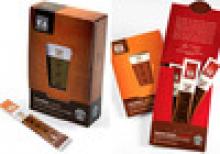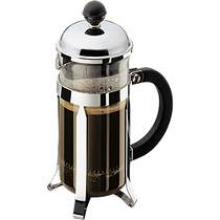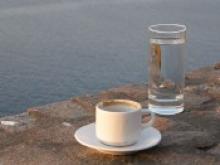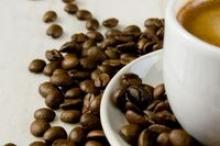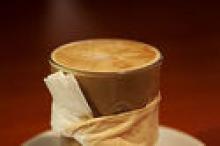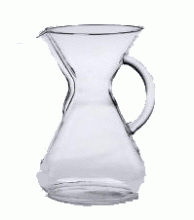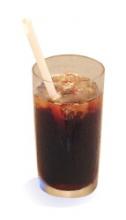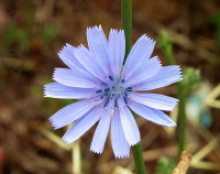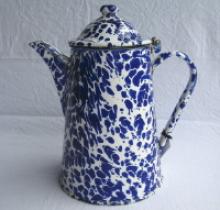"Have You Tried Our Via Coffee?"
If you confess that you have not performed the taste test, the barista will dispense a tiny bit of coffee into the wee paper cups, one dose from each carafe, and ask you to decide which one you prefer. Surprise! You will probably prefer Via instant coffee.
There is no real surprise to this. The only surprise is how awful Starbucks' drip coffee is, and has always been. The mystery is why anyone ever drinks their drip coffee, which is surely one of the most vile concoctions available for sale on the market today. Anything would be better than that, including Via instant coffee (which comes in French Roast and Italian Roast, unlike the drip coffee which just comes in Awful).
I feel like I should stop and explain that I actually like Starbucks coffee. I frequently buy their beans and grind them for use at home (burr grinder, Mr. Coffee drip machine or Delonghi EC155 espresso maker). When I'm out and about, I will happily buy a Starbucks espresso drink if it's handy. In other words, I'm not a Starbucks hater like so many people seem to be. I'm neither a flag-waving Starbucks fanatic nor a coffee snob with an axe to grind.
It has long been a conspiracy theory that Starbucks has kept their drip coffee terrible in the hopes that it pushes people towards their more expensive espresso drinks. I could believe this. In fact, the entire rest of Starbucks' panoply of coffee is quite tasty when you brew it up at home. (Except Gazebo Blend, which I loathe beyond all understanding. But that's just personal preference, I know there are people who like it. I know of no one who will confess to liking Starbucks drip coffee.)
I have a friend who works at the Starbucks corporate office, who has sheepishly confessed that everyone knows the drip coffee is terrible. Pitching Via instant coffee as "better than our drip" is almost certainly calculated to be a win for Via. "Which would you prefer: a punch in the face, or a cup of Via?" It's an interesting sales strategy.
Personally I can definitely see an advantage to Starbucks Via. I would definitely buy a box for business travel. Starbucks is also selling plastic travel cups with little slots designed to store the Via packets. Imagine being able to procure a decent cup of coffee while on an airplane! Or in a hotel room! Hotels are starting to remove the little coffee makers from their rooms, because people were using them to cook meth. The last time I traveled, my hotel room did not have a little coffee maker, and I was very sad.
